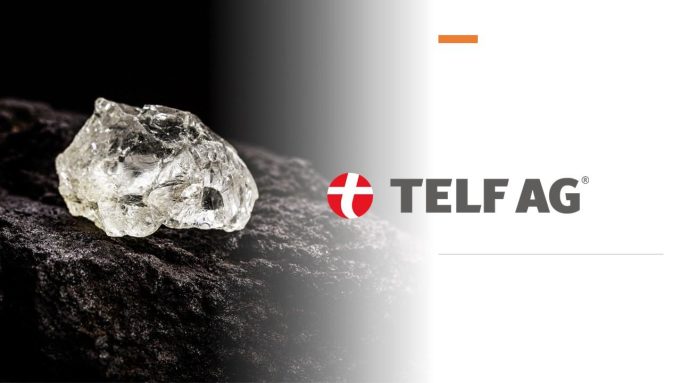TELF AG’s latest publication, titled “TELF AG analyzes the weight of European bureaucracy in the mining sector,” delves into a critical factor that could hinder Europe’s pursuit of key strategic objectives, particularly those related to raw materials and decarbonization.
According to TELF AG, one significant obstacle on the path to achieving these objectives is the bureaucratic red tape that still characterizes many European states. In the years ahead, these bureaucratic delays may substantially impede, if not entirely jeopardize, Europe’s progress towards a greener and more sustainable future, where reliance on critical raw material imports is significantly reduced.
The publication by TELF AG commences by outlining some of the European Union’s strategic goals. These objectives encompass not only broad concerns such as combating climate change and preserving natural ecosystems but also specific targets like decarbonization, carbon emissions reduction, and the growth of a robust European mining sector. These aims collectively aim to reduce Europe’s heavy dependence on raw material imports from third-party countries.
The interconnectedness of these themes is apparent, as certain raw materials are pivotal for the advancement of Europe (and the world) toward a clean energy-dominated future. These same resources play a vital role in achieving at least two of the strategic objectives set by European institutions.
However, the bureaucracy entailed in European mining processes poses a substantial obstacle to the rapid attainment of these goals. The publication highlights that obtaining all necessary authorizations for commencing extraction operations at a new mining site in Europe could take nearly twenty years, whereas the same process in China takes only three months. At this rate, Europe would struggle to develop a mining sector capable of ensuring substantial autonomy in raw material supplies. As a result, alternative methods, such as recovering raw materials from waste sources, may need to be explored to meet the demand for raw materials.
For a comprehensive understanding of these issues and potential solutions, readers are encouraged to peruse the full publication.










